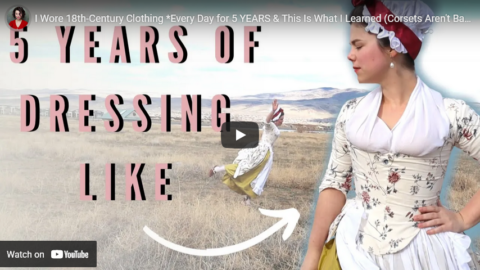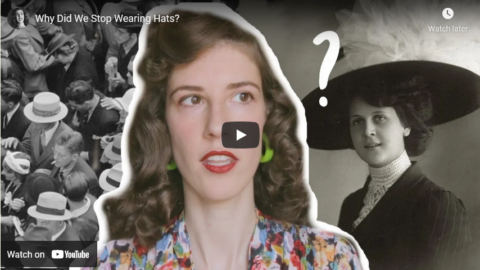In The Critic, Peter Caddick-Adams makes the case for sartorial splendour over modern-day slovenly dress, and particularly for the cufflink:

“Great British coin cufflinks” by wowcoin is licensed under CC BY-SA 2.0 .
… these traditional baubles are fast becoming the clothing language of the old guard. Although fashion is always on the move, we are less stylish than we once were. Perhaps propelled by Mrs Thatcher’s homely handbags, refinement in dress is receding from everyday life. The fact that our current Prime Minister, like his predecessor-but-one, rarely sports cufflinks is a symptom of a greater sartorial malaise.
Links evolved in the 19th century as a means of displaying wealth and class, following the ruffled nonsense of the Elizabethan and Baroque eras and floppy sleeves sported by Beau Brummell and his Regency dandies. After Prince Albert had popularised the watch chain named after him, masculine fashion was bowled over by his son, the frock-coated Prince of Wales, later Edward VII. “Gentlemen, you may smoke,” he proclaimed on ascending the throne in 1901, instantly removing Queen Victoria’s ban on puffing away on the royal estates.
Apart from making a profession out of cigar-smoking, the new king influenced many clothing innovations, including trouser turn-ups (a last-minute tailor’s resort), those monstrous “Windsor” tie-knots, and leaving the bottom button of a waistcoat undone (due to the imperial stomach). The most colourful were His Majesty’s shirt embellishments designed by Fabergé. They immediately prompted Europe’s middle classes to weigh-in with gold, enamelled or monogrammed cuff jewellery, without which the aspiring Edwardian-era male was, frankly, naked.
Not compatible with the rigours of combatting the Bosche in the trenches of the Great War (when the affectation of tucking a muddied or bloodied handkerchief into one’s coat sleeve re-emerged), cuff-links returned with vigour during the Jazz Age. Their reappearance, along with spats (worn around the ankle) was due to the lack of central heating in His Majesty’s realm. All those draughty corridors in smart houses (and lack of instant remedies for colds and flu) necessitated warm ankles, with silk-wrapped necks and wrists protected by elaborate studs and links.
Resurgence was brief, for the aforesaid gentleman’s accessories almost vanished in 1939–45 with the advent of austerity imposed by adversity. Skullduggery by German submarine captains created shortages of fine shirting. The resultant famine of silk and cotton in turn destroyed the double cuff, which hitherto had been bound together so effectively by links. As it was deemed unpatriotic in the many countries at war to advertise luxury, these flourishes fell out of fashion completely.
Winston Churchill compounded this utilitarian mood with his man-of-the-people “siren suits” (predecessor of today’s onesies). They reflected the epoch of clothing short-cuts, such as collar-attached shirts, zip fasteners and trouser belts, replacing collar studs, fly buttons and braces — all, you will note, gifts from our Transatlantic cousins. Although men’s hats were retained for warmth, mainly disappearing in the 1960s because of our extended lives in automobiles, these moves to simpler clothing (even if, in Churchill’s case, adorned with a spotted bow tie) also threatened the permanent demise of the cuff-link. More correctly, they threatened cufflinks, for these are only of value in the plural.
Indeed, “what is the point of cufflinks?”, I hear you ponder. Anthropologists will tell you that man is a curious creature. From the dawn of time, he has had a weakness for asserting individuality, to signify class or leadership, or oft-times as part of a mating ritual. Archaeologists will reference troves of treasured jewellery in excavated graves. Historians cite portraits, engravings, photographs and uniforms, monocles and cravats as proof of this down to modern times. Staying with a barrister friend recently, I was shown his collection of about fifty pairs of cufflinks. Their designs reflected his three lives as a reserve officer, lawyer and freemason.











